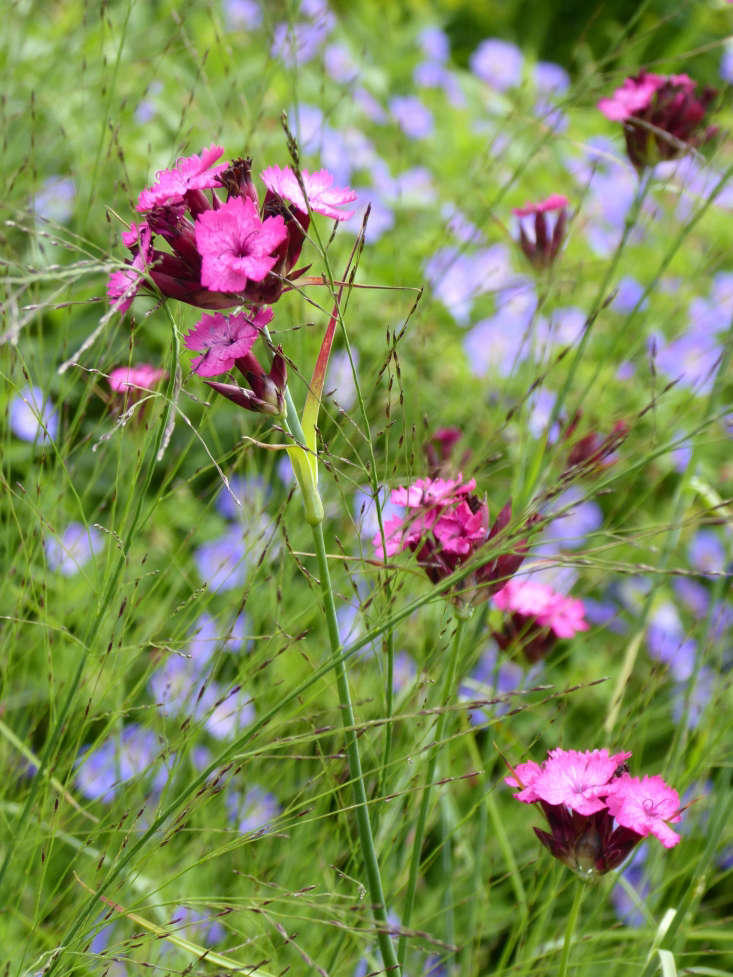When Catherine Horwood Barwise bought a 16th-century townhouse in a picturesque west Suffolk village, she couldn’t immediately start work on her garden. Two years spent remodeling Richmond House meant a lot of thinking time: “It was really good for me—like so many gardeners I would have thrown everything in and then had to take things out,” she says. “It made me stop for the first time in my life. And I actually drew a plan.”
This was Catherine’s third garden; she’d already planted two London gardens including one roof terrace and she was rigorous about what she wanted: no staking, no watering, and a very long season of interest. Everything has to earn its keep in her formal garden (which is one of three gardens on her half-acre plot— there’s also a wilder spring garden and a formal kitchen garden).
Each year the gardening season kicks off with spring bulbs from February and lasts well into late autumn. We spent a magical afternoon in this inspiring space.
Photography by Clare Coulson for Gardenista.

Catherine, a former academic and writer, is currently writing Beth Chatto’s autobiography. Grasses, including Stipa gigantea, Molinia transparent, and S. barbata, keep the garden looking great right into late autumn and beyond. They also lend height to the the planting scheme.

The color palette is fairly restrained and Catherine tends to do repeat plantings across diagonals giving the garden a very dynamic feel.

The gently sloping south-facing site beyond is perfect for grasses and sun-loving perennials.

The garden has more than 50 varieties of rose. Some clamber up the original flint walls and were inherited with the garden. Others, like the Rosa Mutabalis that climbs up two rusted obelisks, is here because it will flower into November.





he grasses come alive in late afternoon light.
N.B.: Richmond House is currently for sale for £1.05m with David Burr.
See more of Catherine’s garden in Behind the Hedges: Catherine Horwood’s Secret Kitchen Garden.
For more plant palettes, see:
- Euphorbic Over Euphorbia: 5 Plants Every Garden Needs.
- Bearded Irises: A Lost Generation of Flowers Has a Moment.








Have a Question or Comment About This Post?
Join the conversation